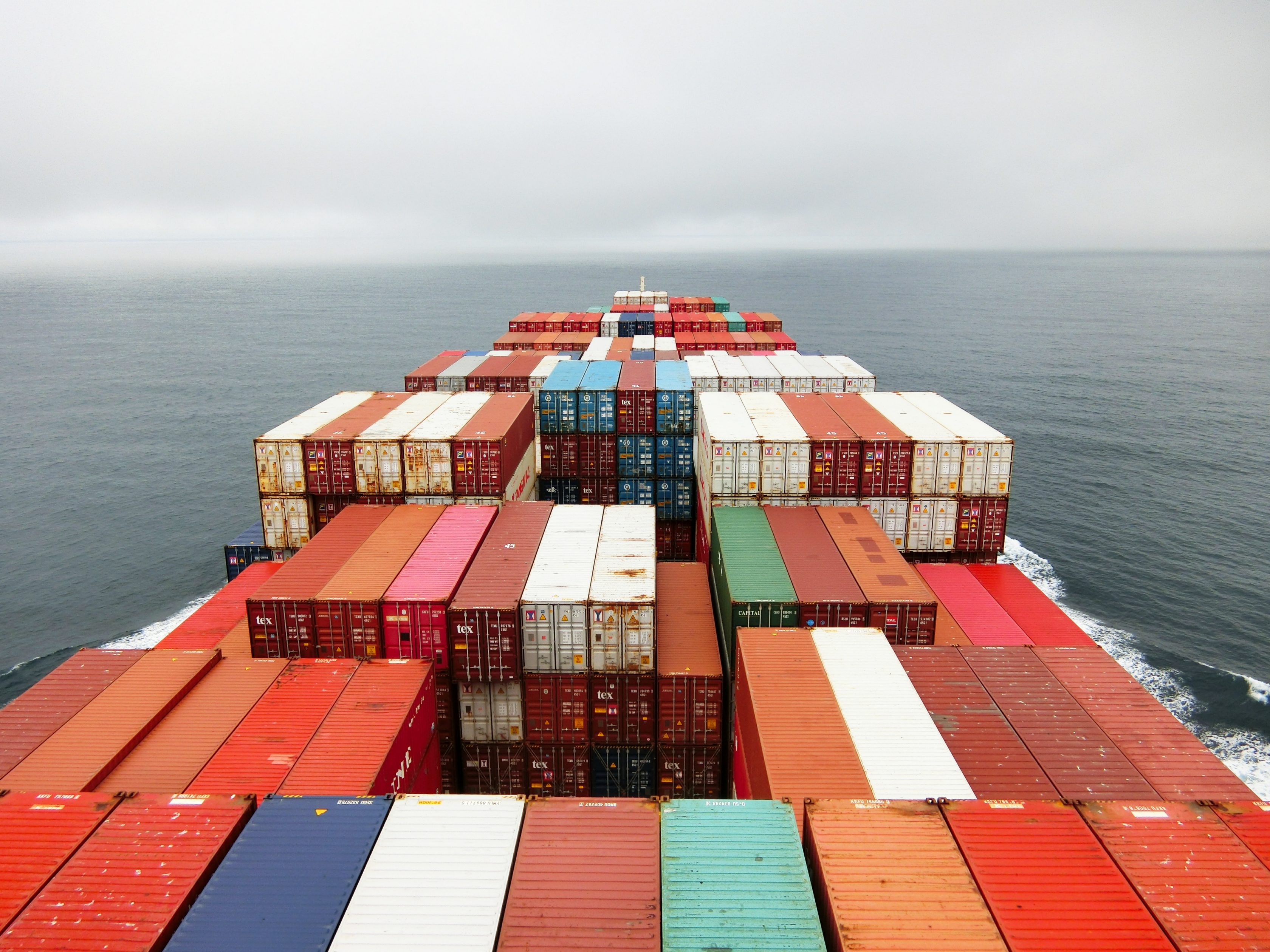Higher uncertainty and higher global tariffs are taking a toll on trade: In 2019, the volume of global trade of goods and services should grow at its slowest pace in a decade (+1.5%). As a result, exporters are likely to see USD420bn in losses this year, according to Euler Hermes’ latest Global Trade report: “Trade Wars: May the Trade Force be with you in 2020 and beyond”.
China (-USD67bn), Germany (-USD62bn) and Hong Kong (-USD50bn), are the main victims of the trade recession. Though the currency effects explain most of this, the export shock has clearly been widespread across European countries and export hubs. Among sectors, electronics (-USD212bn), metals (-USD186bn) and energy (-USD183bn) sectors are likely to have suffered the most.
The worst may be behind us, but no hope for sizable improvement in 2020
“Our proprietary Trade Momentum Index shows that the worst is behind us: it has stopped deteriorating, while still remaining negative. In 2020, we hence expect trade to remain in a low-growth regime, slightly accelerating to +1.7%, while the global economy continues to decelerate (+2.4% after +2.5% in 2019),” said Ludovic Subran, Group Chief Economist at Allianz and Euler Hermes. “The so-called “phase 1” deal between the U.S. and China, despite being superficial, may bring some comfort. But renewed threats of tariffs and a busy political year (global summits, U.S. elections) in 2020 should bring higher volatility, leaving no hope for sizable improvement going forward.”
The strongest export gains will be recorded in China (USD90bn) and the U.S. (USD87bn). However, their trade feud has taken a toll: export gains for both countries will be roughly half of what they were in 2018. Rising protectionism in the form of U.S. tariffs on cars could target Germany and the UK next.
As for sectors, electronics (USD -47bn), metals (USD-42bn) and machinery & equipment (USD-27bn) will continue to ail in 2020. In contrast, software and IT services (USD62bn), agrifood (USD41bn) and chemicals (USD37bn) will see moderate export gains.
New strategies to avoid new tariffs: trade diversion and phantom trade
When faced with escalating U.S.-China trade tensions, small and agile exporters benefited the most from trade diversion. In other words, the largest trade partners are losing market share or gaining less than average (Canada, Germany, Japan and Mexico), while many of the smallest trade partners (Taiwan, the Netherlands and France) are rapidly gaining.
Winners may not stay winners for long: Vietnam, for instance, which benefited from the trade conflict, is now on the hot seat as its trade surplus with the U.S. has soared.
Phantom trade is the other consequence of escalating U.S.-China trade tensions: Some Chinese companies could be shipping their merchandise to third markets, such as Taiwan and Japan, just to then ship the goods to the U.S., avoiding tariffs.
”This rerouting avoids tariffs and artificially inflates trade figures (because the same good travels to an additional market before reaching the final partner). Our preliminary analysis on South East Asia, with not more than a year and a half of data, shows that Japan and Taiwan are used as rebound markets for machinery & mechanical appliances, and for electrical machinery,” said Georges Dib, Economist at Euler Hermes.

